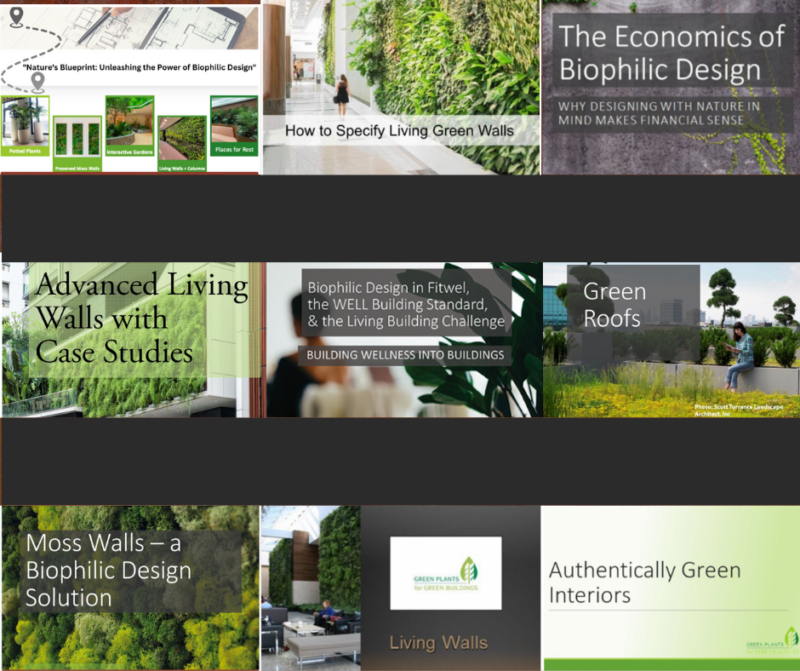Book a CEU Presentation
It is increasingly well documented that biophilic elements such as live plants in buildings have measurable benefits to productivity, emotional wellbeing, stress reduction, and improved learning and healing.
The inclusion of biophilic design elements into building standards (the WELL Building Standard, Fitwel, the Living Building Challenge, LEED) is creating an even greater need for biophilic design information.
As part of GPGB’s core purpose is communicating the aesthetic, wellbeing, and economic benefits of nature in the built environment, we create courses credentialed for continuing education credit by the professional organizations listed below.
These courses contain important research-based information about the biophilic design ethic’s contributions to human health, safety, and welfare, as well as practical information about how to specify indoor nature in the built environment.
Our current course offerings are:
Learn How Plants
- Reduce Absenteeism
- Increase Tenant Occupancy & Retention
- Affect Productivity & Satisfaction
- Improve Indoor Air Quality
- Increase Retail Spending
- Direct Pedestrian Traffic
- Make a Design Statement
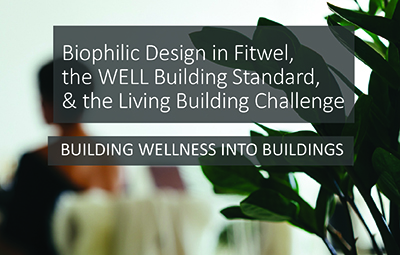
Biophilic Design in Fitwel, the WELL Building Standard, & The Living Building Challenge
Length: 60 minutes
Credits: 1.0 learning unit
Health, Safety, Welfare (HSW) Credit? Yes
Program Overview:
This program examines the positive affects biophilic design has on human behavior including well-being and productivity. The connection between biophilic design and healthy buildings is established and the leading economic benefits of healthy buildings are identified. The three categories of biophilic design are identified. Fitwel, WELL Building Standard and Living Building Challenge are leading building standards involved with the movement to build wellness into buildings.
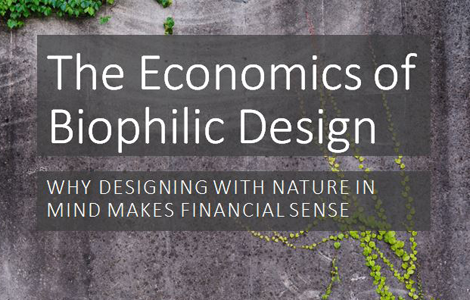
The Economics of Biophilic Design
Length: 60 minutes
Credits: 1.0 learning unit
Health, Safety, Welfare (HSW) Credit? Yes
Program Overview:
This program examines the economic argument in favor of biophilic design using case studies from five sectors; workplaces, healthcare, education, retail, and built communities. Research from neuroscience and endocrinology show the crucial role that experiencing nature has for our physiological wellbeing.
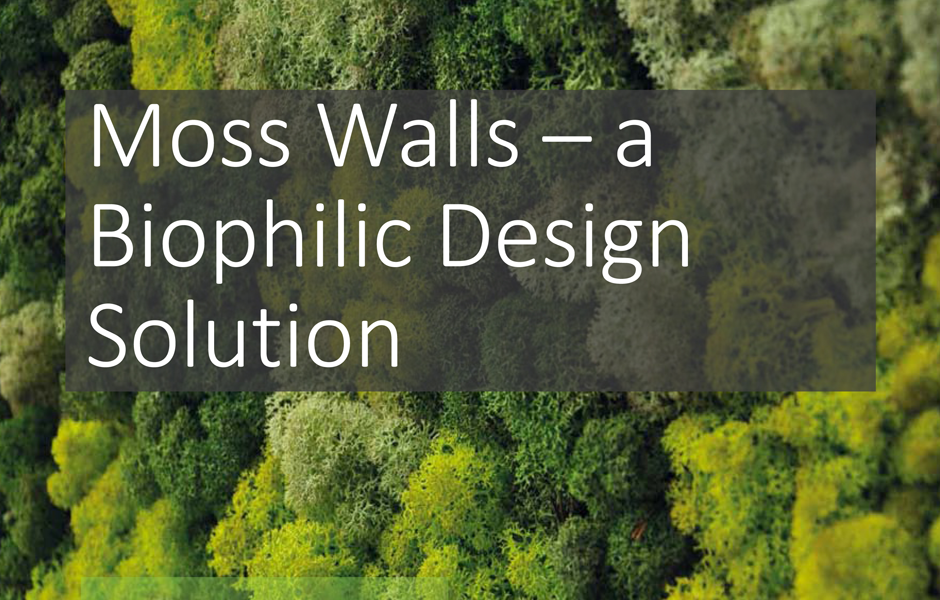
Moss Walls
Length: 60 minutes
Credits: 1.0 learning unit
Health, Safety, Welfare (HSW) Credit? Yes
Program Overview:
Attendees will gain the knowledge of how biophilic design affects human well-being and productivity. The three categories of biophilic design are identified and moss walls are discussed in detail as an affordable way of incorporating biophilic design into interior environments.
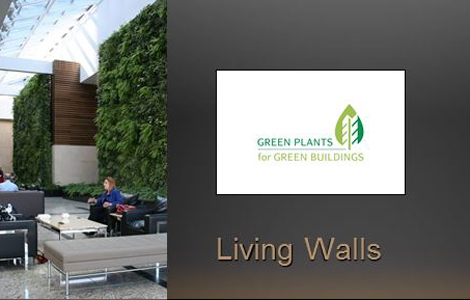
Living Green Walls
Length: 60 minutes
Credits: 1.0 learning unit
Health, Safety, Welfare (HSW) Credit? Yes
Program Overview:
Participants will gain knowledge regarding the differences present in various living wall (also knows as greenwall) systems and how those systems are appropriate for differing needs. Instruction will be given on best practices and use.
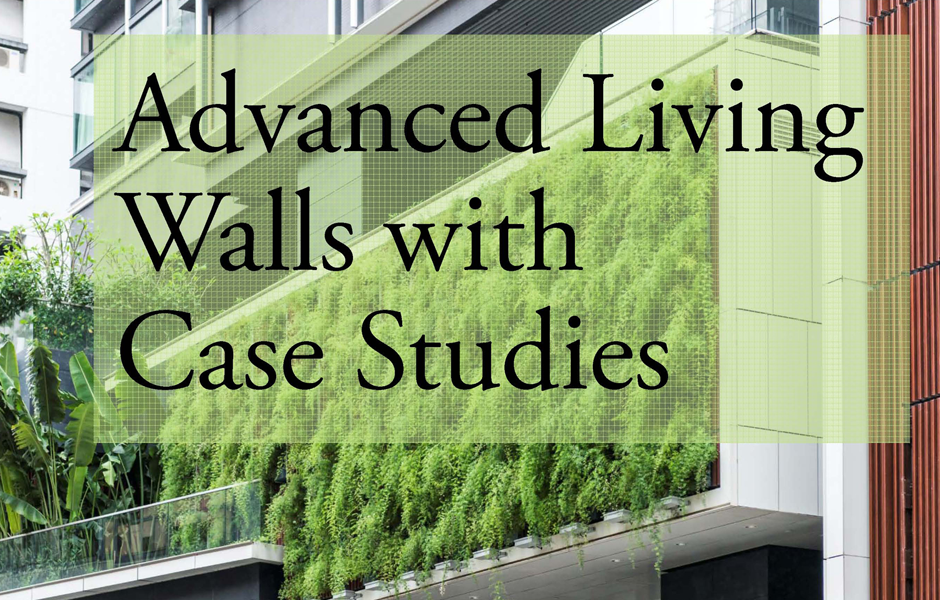
Advanced Living Walls – Case Studies
Length: 60 minutes
Credits: 1.0 learning unit
Health, Safety, Welfare (HSW) Credit? Yes
Program Overview:
This one-hour program enables participants to gain an understanding of the use of different living wall systems both indoors and out, and in various climates.
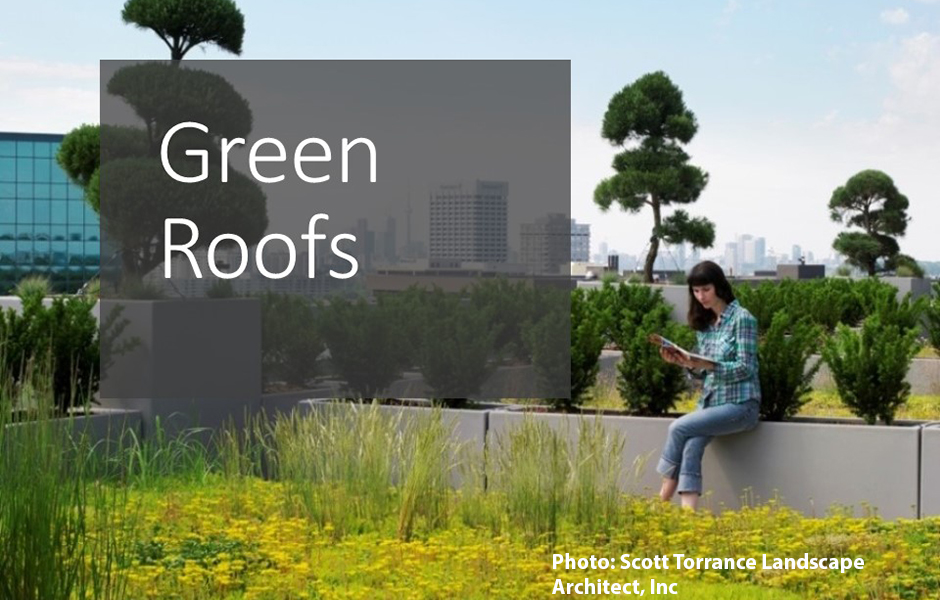
Green Roofs
Length: 60 minutes
Credits: 1.0 learning unit
Health, Safety, Welfare (HSW) Credit? Yes
Program Overview:
Participants will gain knowledge regarding the differences present in various green roof (also known as vegetated roof) systems and how those systems are appropriate for differing needs. Instruction will be given for best practices and use.

Authentically Green Interiors
Length: 60 minutes
Credits: 1.0 Learning Credit
Health, Safety, Welfare (HSW) Credit? Yes
Program Overview:
A study of interior landscape’s impact on human-centered design: This session will present the most relevant and compelling findings on the environmental impact of plants on people’s physical, psychological and behavioral needs within the built environment.
How to Specify Living Green Walls
Length: 60 minutes
Credits: 1.0 learning unit
Health, Safety, Welfare (HSW) Credit? Yes
Program Overview:
Attendees will leave with the knowledge of how living green walls bring the research-based benefits of biophilic design and its positive effect on human well-being and productivity into the built environment, and the critical design considerations when specifying a high-performing and sustainable living green wall.
Nature’s Blueprint: Unleashing the Power of Biophilic Design
Length: 60 minutes
Credits: 1.0 learning unit
Health, Safety, Welfare (HSW) Credit? Yes
Program Overview:
This course delves into the concept of biophilia, exploring the innate human connection to nature and how this can be seamlessly integrated into our built environments. Participants will gain a comprehensive understanding of biophilia, its benefits, and practical methods to apply biophilic principals in various architectural and interior spaces. Discover a showcase of design elements that demonstrate a spectrum of architectural interventions highlighting how nature-inspired designs can transform any space.
Green Plants for Green Buildings is an approved provider of continuing education in the US recognized by AIA, IDCEC, IDC, IIDA, CIDQ, ASID, BOMI, ASLA, USGBC, and SHRM.
Learn how to work with mankind’s innate attraction to nature and enhance the health and productivity of your team members and building occupants while keeping your professional credentials current.
Contact a GPGB Registered Trainer for a free presentation.

